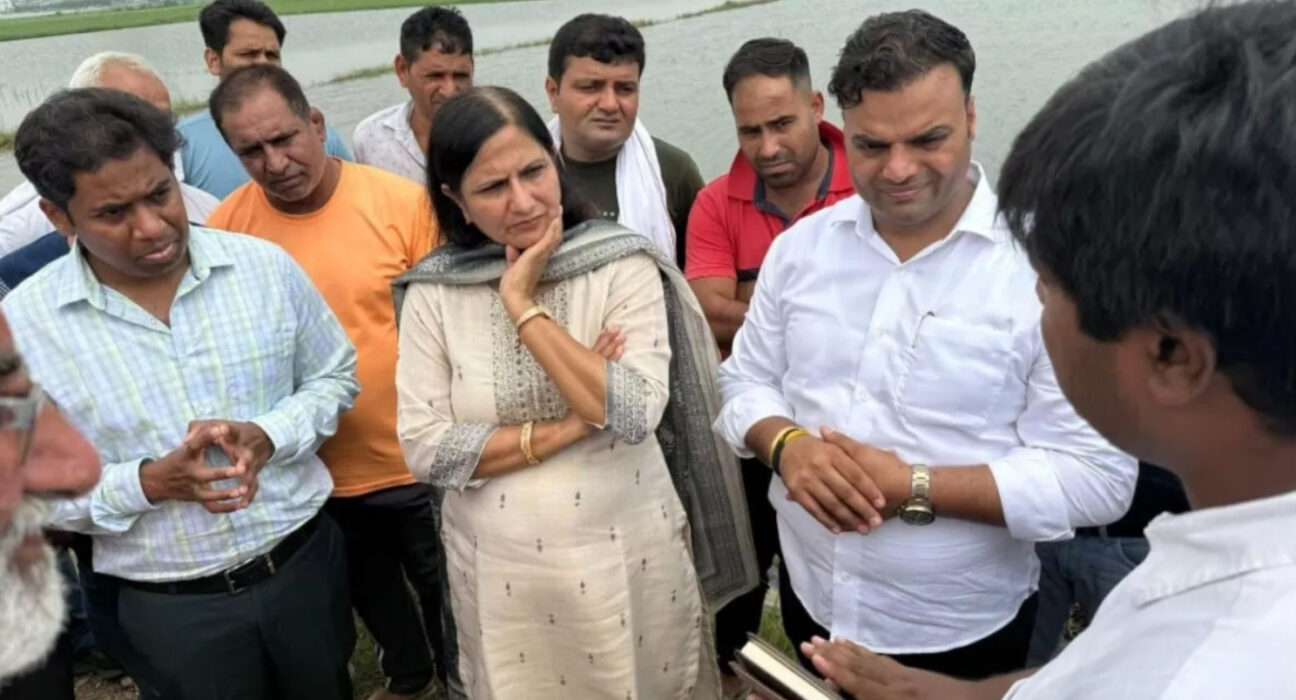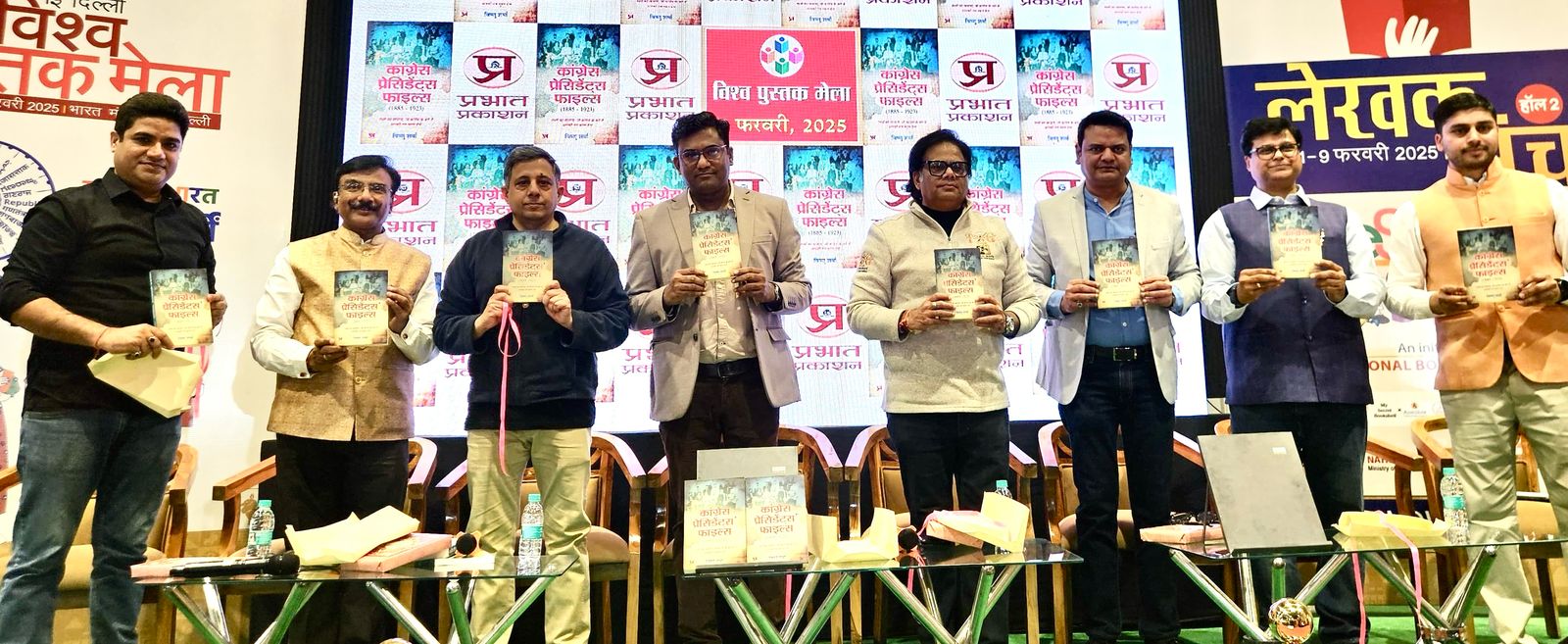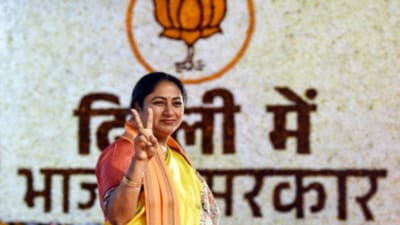A Village in Delhi Where Monsoon Brings More Trouble Than Relief – This Year Brings New Hope for Farmers

West Delhi, India: In Rawta village, located in the western part of Delhi, the arrival of monsoon each year is not a welcome sign for farmers but rather a harbinger of distress. As soon as the rains begin, farmlands get inundated with water, making cultivation nearly impossible. At least 300 acres of farmland remain waterlogged for most of the year, say local residents.
Once again, this monsoon has led to flooded fields, reviving the same concerns that plague farmers year after year. However, for the first time in a long while, the farmers are seeing a glimmer of hope as local authorities and political leaders have begun to take the issue seriously.
High-Level Visit Brings Focus to the Crisis
In a recent visit to the village, Member of Parliament Kamaljeet Sehrawat was accompanied by senior officials, including the District Magistrate of South-West Delhi, the SDM of Kapashera, the MLA of Matiala, and officers from the Irrigation and Flood Control Department. The joint inspection brought the problem into administrative focus.
Why Does Rawa Village Get Flooded Every Year?
According to the villagers, the issue has persisted for nearly 25 years and is only getting worse. The Najafgarh Drain, once the Sahibi River, runs near the village and eventually flows into the Yamuna. About 60 years ago, after a major flood in Delhi, embankments were constructed on both sides of this drain. However, in the 2.5-kilometer stretch near Rawa, an embankment exists on only one side. The side without an embankment lies partly in Delhi and partly in Haryana, creating a jurisdictional challenge.
With rapid urbanization and a rise in population, stormwater drainage has become a major problem. Most rainwater from nearby urban areas and villages is diverted into the Najafgarh Drain. During heavy rains, the drain exceeds its capacity and overflows into the adjacent farmlands, turning the area into a swamp each monsoon.
What Can Be Done?
Villagers have suggested a two-fold solution:
- Deepening of the Najafgarh Drain in the affected area to increase its water-holding capacity, potentially by removing accumulated silt.
- Construction of an embankment on the other side of the drain, which currently lacks one. For this, coordination between the Delhi and Haryana governments is essential.
Additionally, they pointed out that desilting has not been done properly under newly built bridges, causing further obstruction to the flow of water, which aggravates the flooding in Rawa.
Will the Visit Make a Difference?
The villagers remain skeptical. While they appreciated the MP’s visit and assessment of the crop damage — which raises hopes for compensation — they believe real progress will only come with a permanent solution. Compensation may offer short-term relief, but the core problem remains unresolved.
Officials, on their part, acknowledged the complexity of the issue and admitted that long-term and sustained efforts are needed. Encouragingly, they said that the process for a long-term solution has already begun.










